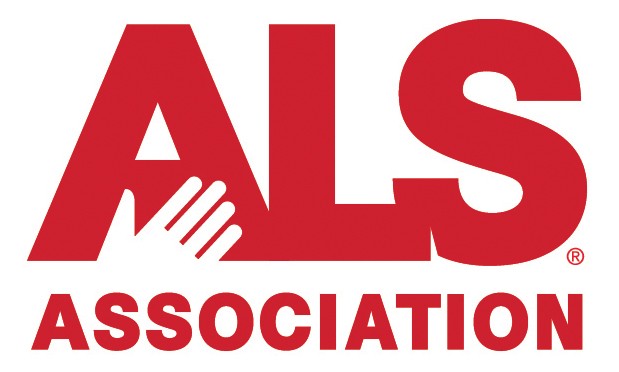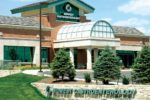What is ALS?
According to the alsa.org web site, “ALS, or amyotrophic lateral sclerosis (also referred to as Lou Gehrig’s Disease), is a progressive neurodegenerative disease that affects nerve cells in the brain and the spinal cord. There are two different types of ALS, sporadic and familial. Sporadic, which is the most common form of the disease in the U.S., is 90 – 95 percent of all cases. It may affect anyone, anywhere. Familial ALS (FALS) accounts for 5 to 10 percent of all cases in the U.S. Familial ALS means the disease is inherited.”
When afflicted with ALS, patients may lose their ability to speak, eat, move and breathe, as voluntary movement and muscle control can become greatly diminished as motor neurons die and the brain no longer has the ability to initiate and control muscle movement and muscle control.
The 2014 ALS Ice Bucket Challenge brought this disease to the forefront and now that the dialogue has advanced, it is vitally important – and necessary – to keep the conversation going so that more awareness, understanding and funding can be given to this disease for which no cure or treatment to halt or reverse it exists.
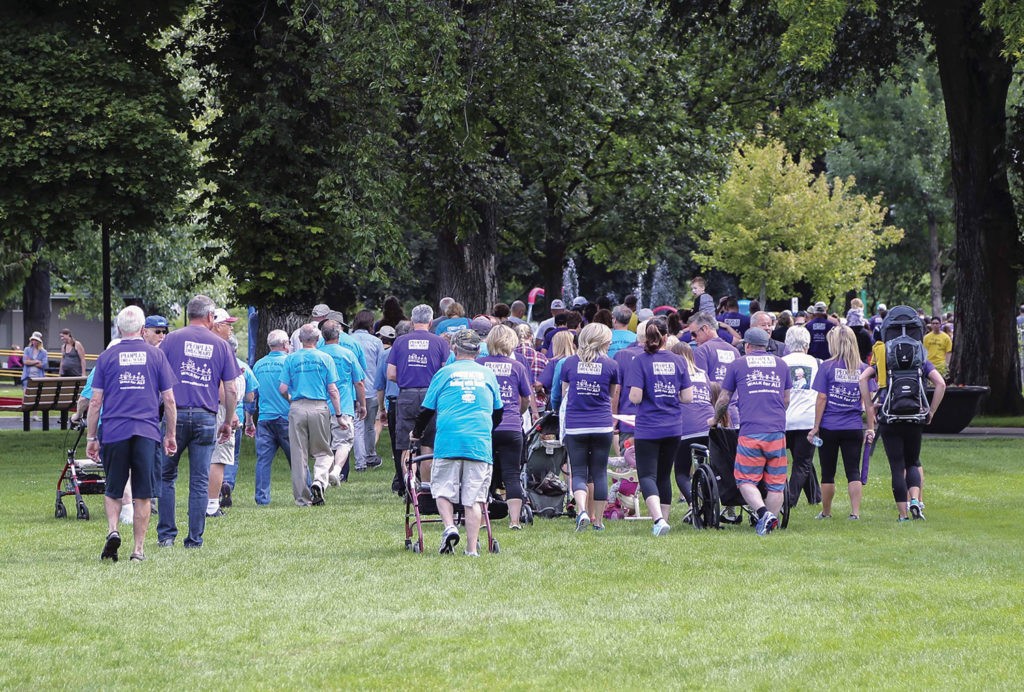
For one patient, ALS may have robbed him of his body, but his indomitable spirit was entirely immune to its lethal grasp
Even years later, Mary Ann Westhues still struggles to hold back the tears as she speaks of her late brother, Jimmy Cassidy. Just 38 years old when he was diagnosed with ALS in 1998, Jimmy had just 16 months to not only come to terms with the reality of this horrible disease and what it would mean not only for him, but also for his family and friends.
A professional landscaper at the time of his diagnosis, Jimmy was helping his dad build a gazebo in his parents’’ backyard in Arizona. At the time, Jimmy noticed that he was struggling to maintain his grip on the tools. Concerned, his mom placed a call to Mary Ann, who is a nurse (CRNA) and noted to her, “Something is wrong with Jimmy. His muscles are moving and he keeps dropping things.” Other symptoms included a weakened right arm that soon gave way to lack or strength in his other extremities.
“I was talking with Jimmy on the phone at the time and the thought of it being ALS crossed my mind, but that was something I did not want to consider,” reflected Mary Ann. Jimmy soon saw an orthopedic surgeon whose intuition led him to believe that Jimmy should quickly see a neurologist.
“He was diagnosed immediately,” said Mary Ann, further explaining that many patients are not diagnosed as quickly due to the strange plethora of symptoms that exist and can vary from patient to patient.

True to his usual fun loving and confident manner, Jimmy never complained over the course of battling this disease, even when it forced him into using a wheelchair. Mary Ann eventually quit her full-time job teaching anesthesia at Truman Medical Center to focus her efforts on Jimmy’s care. She would fly out to Arizona every six weeks, maintaining her career as PRN, but well aware that Jimmy was not lacking in knowledge about the serious intentions of his disease.
“He knew what was ahead of him,” she said. “We freely talked about it and I was always honest with him. Jimmy laughed and said that when it came to diseases to get, he had hit the lottery…. only it wasn’t the lottery he wanted to hit.”
Known among his friends in his hometown of Raytown, Missouri, as athletic, charming, engaging, upbeat and adventurous, Jimmy had always embraced an active and athletic lifestyle. However, as the disease began to take its toll, those days soon found themselves in the rearview mirror, but his spirit refused to take a hit.
“He was always upbeat and loved to be around people,” smiled Mary Ann.
Having witnessed her parents go through so much in taking care of Jimmy (while simultaneously helping another son who had previously sustained a traumatic head injury), Mary Ann attributes the “roll-up-our-sleeves and tend to our own” mentality as part of that generation’s work ethic.
“The people in that generation took care of their own,” noted Mary Ann. “However, my sister Eileen and brother Luke, a respiratory therapist, also lived in Arizona and helped out as they could.”
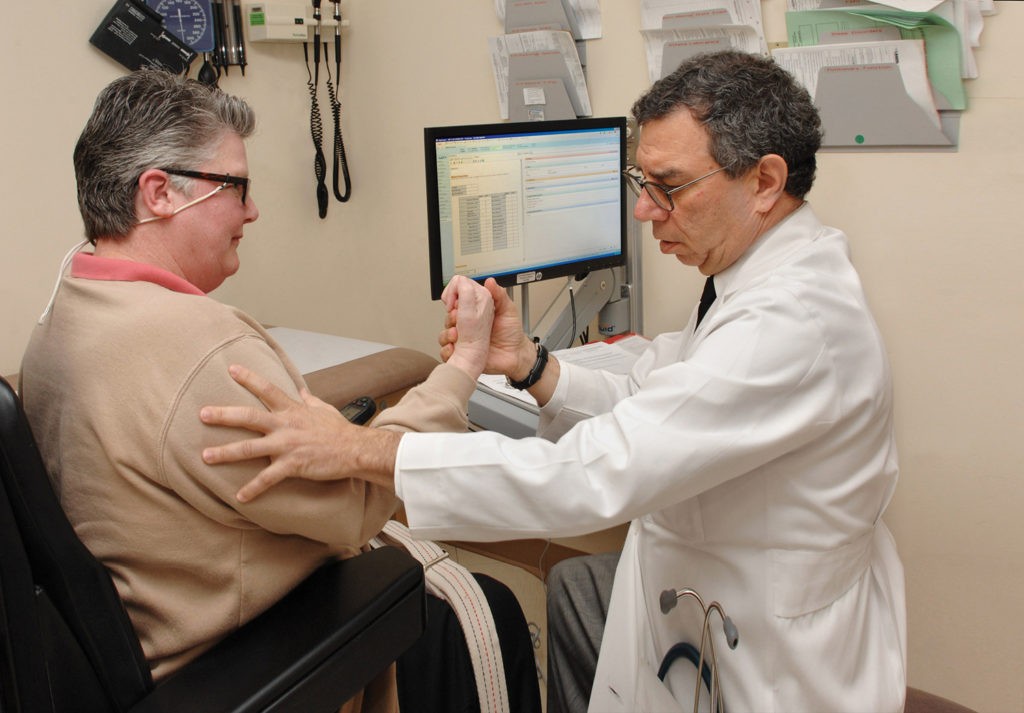
Not one to be weighed down by life-extending measures, Jimmy opted not to use a feeding a tube or a ventilator. Certainly, his family wished more could be done, but respecting his wishes was their priority.
“I knew what he would face with this disease and always respected his wishes,” commented Mary Ann.
Jimmy did participate in an experimental trial at the Mayo Clinic in Scottsdale – a BDNF trial – in which continuous infusion was implanted into his spinal cord. Unfortunately, he was getting the placebo and no progress was made.
As a nurse, Mary Ann does not often come into contact with ALS patients, but when she does, she operates from a heightened sense of understanding and knowing.
“We have to be very careful with them, especially taking into account their low lung volume,” explained Mary Ann. “And medications will have an exaggerated effect on them. They can easily choke and aspirate. We treat them delicately.”
Even though Jimmy’s parents preferred to ride the journey alone with their son, Mary Ann highly encourages individuals who are diagnosed, along with their loved ones, to reach out for help and is a proud supporter of the local ALS chapter.
“This disease is not only devastating for the patient but also for the family,” paused Mary Ann. “There is no cure; no happy ending.” Sadly, Mary Ann has been touched four times by this disease in her life: sister-in-law Laura passed away from it three year ago, as did her husband’s cousin. She recently learned a friend of hers was diagnosed.
And even though it may seem that there is nothing anyone can offer to an ALS patient, the disease is being diagnosed earlier now than in the past and with more ALS clinics within arm’s reach, the support is there for those who should never have to go through this alone.
“They are learning more and more about this disease now, especially when it comes to the emotional component,” said Mary Ann.
Every day, even during the darkest hours, Jimmy continued to live his life to the fullest.
“He lived in the present, and boy, did he love people,” smiled Mary Ann, wiping back a tear. “And they loved him back. This disease took his body, but it never robbed him of his spirit.”
Keith Worthington: How one man and his family created a legacy of caring and commitment for ALS patients and their families
What began as a loose-knit group around a Johnson County family’s kitchen table in 1978 has evolved into an established organization that provides an extensive list of services for ALS patients and their families. When local businessman Keith Worthington was diagnosed with the disease in 1973, it rocked his family’s world. At the time, Keith was Vice-President of Woolf Brothers, an upscale clothing retailer in Kansas City and Dallas, and was also highly involved in numerous sports and activities.
Worthington was committed to finding out all he could about this disease and because information was severely limited at the time, he was determined to share all that he learned with others so they could not only understand this disease more but also become aware of ways in which research could be increased. At the time, research had barely scratched the surface and was lacking in progress. Armed with unwavering resolve and hope for a brighter future, the Worthingtons traveled throughout Kansas and Missouri initiating support group meetings for others afflicted with this unfortunate diagnosis.
While the disease took a toll on the family, Keith’s wife Sue armed herself with a mission to provide support services for other care givers in the area. In 1981, the family opened an ALS chapter office in Kansas City, and seven years later The Keith Worthington ALS Society became a member of The ALS Association, changing its name to The ALS Association Keith Worthington Chapter. Five years later, a second office opened in Wichita and by 1997, another opened in Springfield, Missouri. By 2001, Nebraska was added to the service area and as of today there are five total ALS specific clinics, including Omaha, Nebraska; Ozark, Missouri; and Columbia, Missouri.
The mission of The ALS Association is to “lead the fight to treat and cure ALS through global research and nationwide advocacy while also empowering people with Lou Gehrig’s Disease and their families to live fuller lives by providing them with compassionate care and support.”
In addition to building hope and working to improve the quality of life, this organization also stands at the forefront of research, care services, education and public policy, providing comprehensive patient services and support to those in the ALS community.
Partnering with several medical centers, the local chapter hosts ALS-specific clinical services through its ALS Certified Treatment Center programs.
“In 2002, Dr. Richard Barohn was hired as Head of Neurology at the University of Kansas Medical Center and this allowed for our first certified treatment center of excellence,” noted Sherrie Hanneman, Director of Communications for The ALS Association – Mid-America Chapter. ‘Dr. Barohn has been treating and researching ALS for more than 30 years and has overseen 100 trials.”
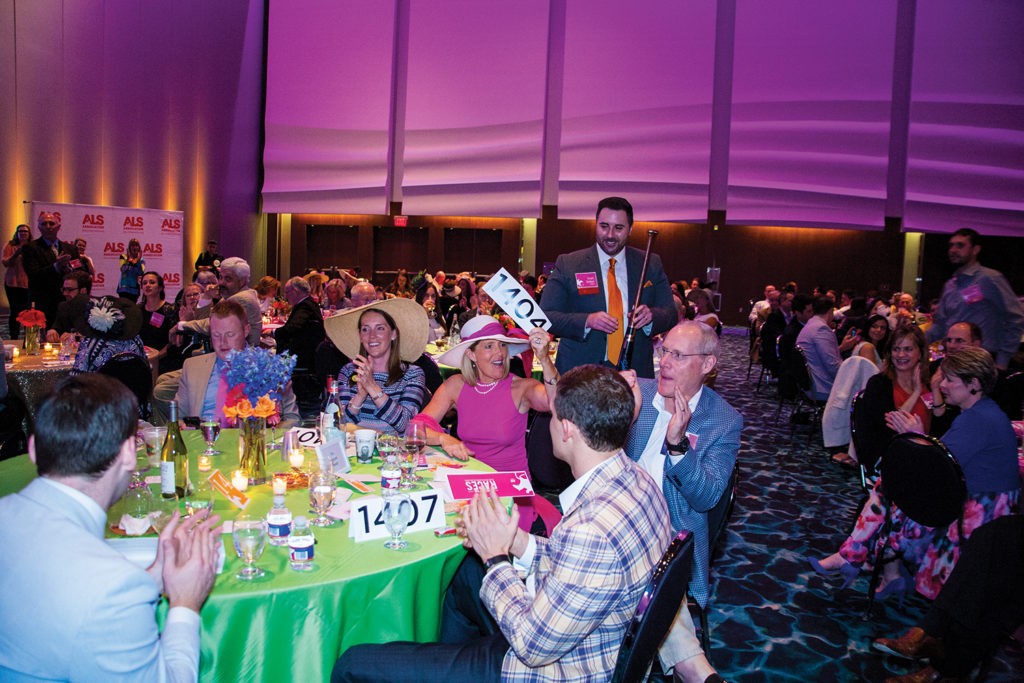
Our organization has been around for 40 years, incorporated as a chapter,” said Hanneman. “Even today, Mr. Worthington’s great-nephew sits on our Board of Directors, maintaining that commitment to his family’s involvement. It is their continued generosity that has allowed us to grow.” Baseball legend George Brett and his wife Leslie are an integral part of this organization. A good friend of Keith’s, George became involved early-on and promised Keith he would continue to champion this cause until a cure is found. Today, George and Leslie act as spokespeople for the organization.
Providing one-on-one care currently to about 600 area families, the Mid-America Chapter offers services from diagnosis to end-of-life and beyond.
“When you live with ALS, you need lots of specialized equipment and often times after the first call we receive telling us someone us passed, the second call involves a desire to donate the late patient’s equipment,” said Hanneman.
Being a caregiver for someone with ALS is a 24/7 job and presents with continual challenges. When the patient dies, the experience can be overwhelming for those left behind.
“We help with that transition,” expressed Hanneman. “And we want the families to remain involved and help the new ones out. We have been blessed with many families who have been involved with us for years.”
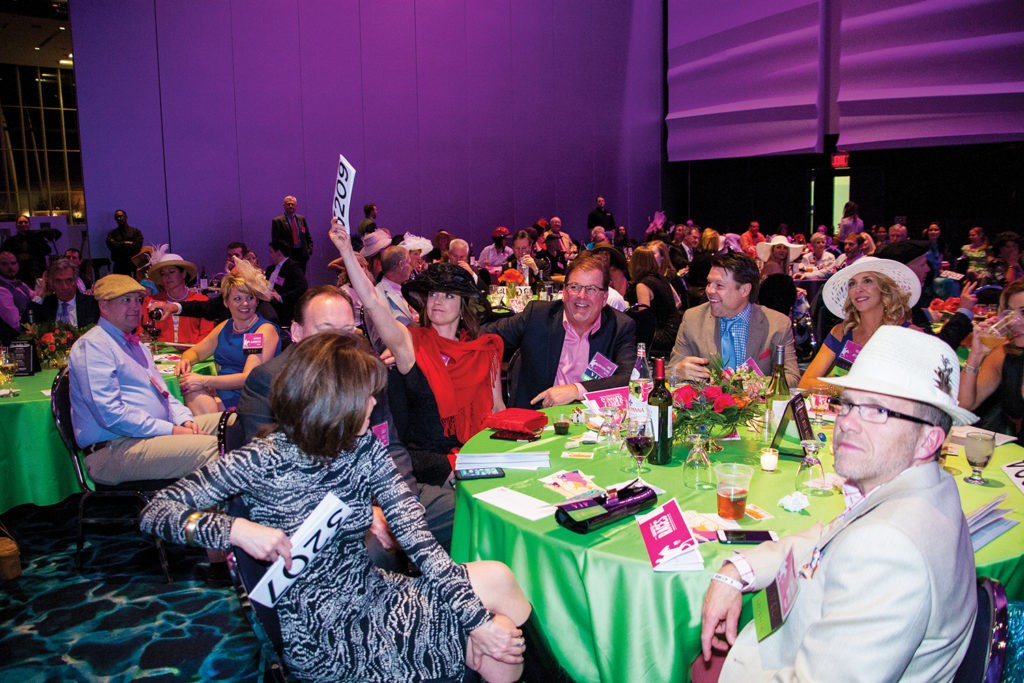
ALS MID-AMERICA CHAPTER UPCOMING EVENT
Prom 2017: A Night of Hope for Tomorrow’s Cure
Friday, March 3, 2017, 6:30 p.m. at the Grand Ballroom at the Kansas City Convention Center
For more information or tickets contact: Megan Hanna (913) 648-2062 or mhanna@alsa-midamerica.org or visit alsa-midamerica.org/events
When significant funds are raised, Hanneman cautioned that people often come to an erroneous conclusion, assuming that no more money is needed. However, this is one endeavor that requires a constant flow of resources.
“In order to get a drug from compound to market takes about $2 billion, so there is still a lot of work to do,” emphasized Hanneman.
The good news is more people are reaching out to this organization for help because of the increased awareness of the disease.
“People realize they don’t have to go through this by themselves,” noted Hanneman. “But we still need more services and more money to support those services.”
Patients and families who come to this organization are in good hands, as all involved are certified care specialists, including registered nurses and Masters-level social workers who are well-versed in ALS and Medicare information and policies. Educating the patients to the fullest extent possible is a top priority for this organization.
“Our experts understand how things work and are here to help as needed,” said Hanneman.
Whether this disease has hit you personally or you simply want to lend a helping hand in the form of time, talent or resources, you may contact The ALS Association, Mid-America Chapter at 913.648.2062 or go online at alsa-midamerica.org
The Robert Packard Center for ALS Research at Johns Hopkins: Where “The Hope is in the Science”
An entity within the School of Medicine at Johns Hopkins University is The Robert Packard Center for ALS Research. Its primary mission is to fund and support ALS research around the world, with the ultimate goal of finding a cure. Its current research program includes over 150 scientists, 27 projects, 18 institutions and five countries, all working together to find a cure. This center is a science-based nonprofit whose research funding is entirely donor-based.
Development Director and Philanthropy Officer Milan Karol noted, “We fund work around the world so that leading, collaborative scientists have the resources they need for pioneering work.”
Funding is typically obtained through individuals, foundations and third party grass roots groups, usually in the form of fundraisers. Karol is all-too familiar with the fragility of human life when it comes to this disease and has met with numerous patients who painfully knew where their journey would soon take them.
“We get to know the patients and their families, who know the realities of their disease,” expressed Karol. “However, it is wonderful to see efforts being made in regard to further research and working towards a cure.”
While researchers do not believe that finding a cure is impossible, it does need more funding, and philanthropy is a significant and integral part of that process.
“Once you get this diagnosis, and once you wrap your head around it and realize that at this time there isn’t much that can be done to halt the disease, a patient might think ‘If I cannot save myself, then maybe I can do something to help others in the future,’” expressed Karol. “In reality, there are no grateful patients with ALS who survive the disease. However, people do want to move the needle in science and take steps towards finding therapies. Disease research foundations like ours can strategically and quickly deploy funds to do this outside of the traditional sources of government funding, and philanthropy plays a huge role.”
For example, the CEO of Travelers Insurance, Jay Fishman, discovered he had ALS in 2014, to which he succumbed in August of 2016.
“He spoke eloquently about ALS,” said Karol. “He said that he didn’t pick ALS; it chose him. He leaned into it. It gave him purpose to do all he could in his power to solve this. He knew it wouldn’t help him, but it was his mission to help others down the line. We help people understand that there is not a treatment yet but that doesn’t mean you have to wait, watch and feel powerless. Funds can be raised to support the work and benefit science to help solve this disease.”
There are many ways through which individuals and groups can raise funds for continued research, which include walks and events like 5Ks; the now-famous Ice Bucket Challenge; and any creative ideas built on hope, love and promise, such as a group of fourth-graders In Brooklyn, New York who held a bake sale to raise funds in honor of a special school volunteer’s family; or a fun-loving group of former high school friends from 1972 who rallied around a classmate diagnosed with the disease and created an “au naturale” calendar to raise funds.
“While those ladies merely hoped to raise just a few thousand dollars from the sale of those calendars, they received such great press from the project that they eventually raised $50,000 for ALS research and continue to raise more funds,” said Karol.
More is known and understood now about this disease than five years ago. With ALS, what is known is there are many subtypes of this disease and each patient is unique. It may be a long time before all types can be cured, but it is also reasonable to think that some of the subtypes can be treated and those patients can be kept alive for many years. Perhaps one day in the distant future there will be therapies to regain what a patient has lost physically to the disease, but for patients today, the focus is on slowing it down significantly, and to find such a protocol in that regard would be a significant win. Of course, researchers clearly want that pot of gold at the end of the rainbow, but this community will take a lot less than that and consider it a real win.
“I have learned more about how to live from people who are dying,” reflected Karol. “It changes your outlook on everything. If it weren’t for people getting involved, this disease would be far worse.”
For more information, go online at www.alscenter.org
